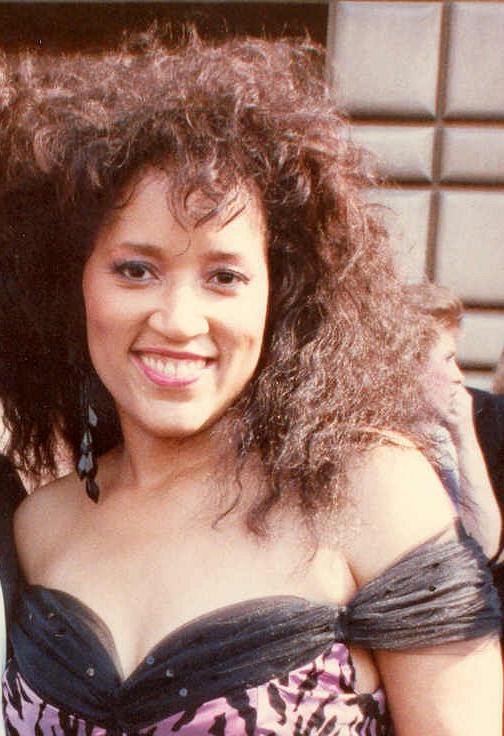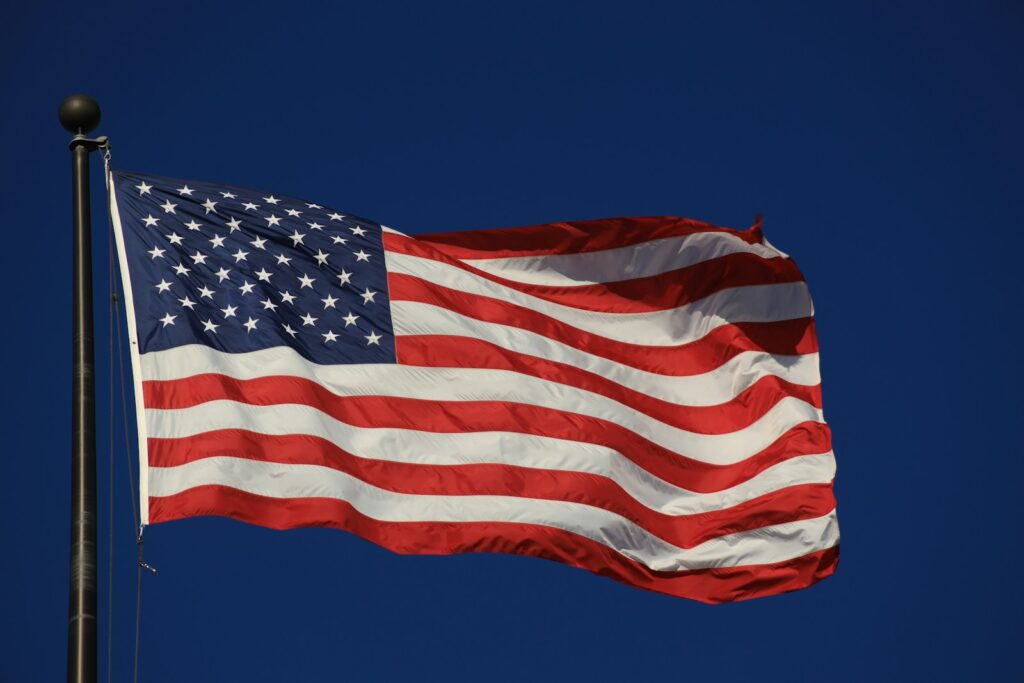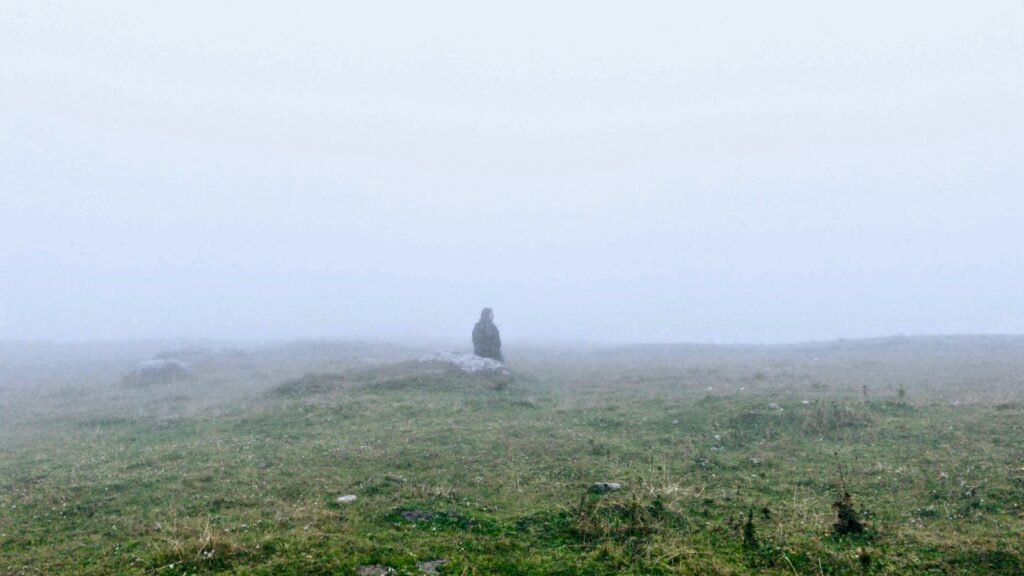
Few television series have ever gripped the collective imagination quite like ‘Lost.’ From its explosive debut in 2004, this American science fiction adventure drama carved out a unique space in pop culture, redefining serialized storytelling and leaving an indelible mark on its audience. It was a genre hybrid, masterfully blending elements of adventure, mystery, science fiction, serial drama, supernatural, survival, and thriller into a tapestry of unparalleled intrigue.
Created by Jeffrey Lieber, J. J. Abrams, and Damon Lindelof, ‘Lost’ wasn’t just a show; it was a phenomenon, prompting widespread theorizing and fostering a community of dedicated fans eager to unravel its complex mythology. For six thrilling seasons, viewers were invited on a journey that challenged perceptions, explored the depths of human nature, and presented an island brimming with secrets, making every episode a must-watch event.
As we delve into the intricate layers of this landmark series, we’ll explore its ambitious beginnings, the pivotal moments that shaped its narrative, and the profound questions it posed about destiny, choice, and the very fabric of reality. Prepare to rediscover the magic and mystery that made ‘Lost’ one of the greatest television series of all time.
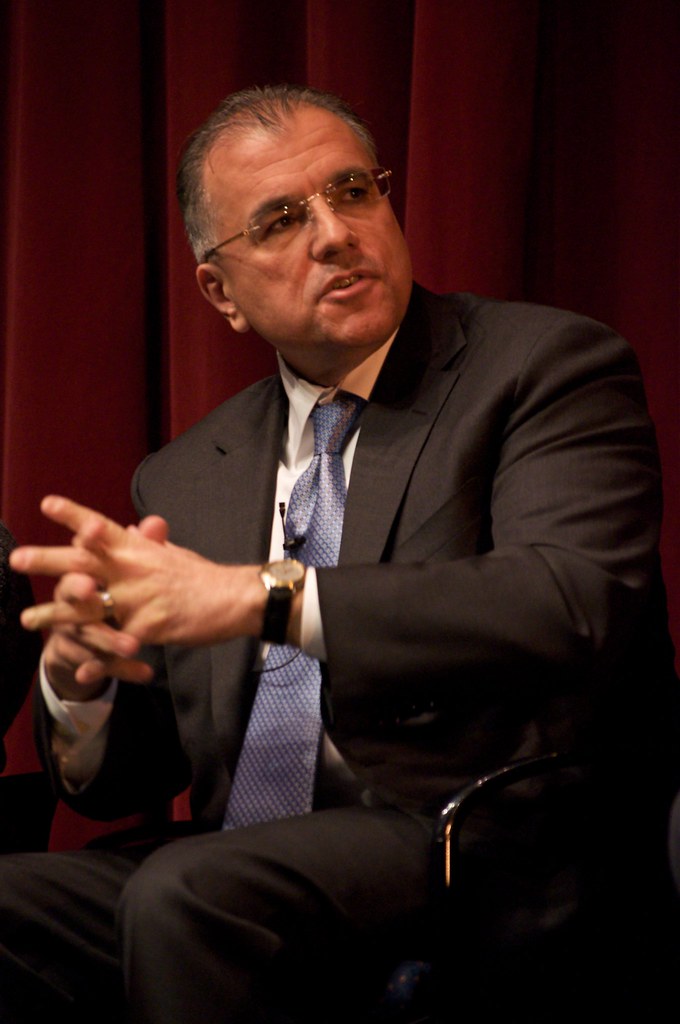
1. **The Genesis of a Phenomenon: Conception and Early Production**The story of ‘Lost’ began not with a plane crash, but with a vacation. Lloyd Braun, then head of ABC, conceived the idea in Hawaii in 2003, envisioning a television adaptation that married the survival elements of ‘Cast Away’ with the reality show format of ‘Survivor.’ He pitched this audacious concept, blending it further with ‘Gilligan’s Island’ and the psychological depth of ‘Lord of the Flies,’ at a network executive gathering, though many initially found the idea quite laughable.
Despite initial skepticism, senior vice president Thom Sherman recognized the potential and commissioned a script. Writer Jeffrey Lieber presented a pitch titled ‘Nowhere,’ which was approved, but the subsequent script didn’t quite hit the mark. It was then that J. J. Abrams, already known for ‘Alias,’ was brought in by Braun in January 2004 to craft a new pilot script. Braun was firm on one thing: the show *had* to be called ‘Lost,’ a title he had conceived and was passionate about.
Abrams, initially hesitant, agreed on the condition that the series would embrace a supernatural angle and that he would have a writing partner. Damon Lindelof, who had long admired Abrams’ work, joined him, and together they laid the groundwork for the series’ unique style and compelling characters. They meticulously created a series bible, detailing the major mythological ideas and plot points for an ideal four-to-five-season run, drawing inspiration from shows like ‘Babylon 5’ for its multi-year arc. To secure ABC’s green light, they cleverly assured the network that each episode would be self-contained, a strategic deviation from their true, deeply serialized plans.
Production for ‘Lost’ was a race against time, commissioned late in the 2004 season’s development cycle. This tight schedule, however, fostered a remarkable flexibility within the creative team, allowing them to adapt characters to fit actors they particularly wanted to cast. The two-part pilot episode itself became the most expensive in ABC’s history, reportedly costing between US$10 and $14 million, a staggering sum compared to the average $4 million for a pilot in 2005. Its world premiere at San Diego Comic-Con on July 24, 2004, set the stage for its groundbreaking run.
When ‘Lost’ finally debuted on September 22, 2004, it immediately became one of the biggest critical and commercial successes of the television season. Alongside fellow newcomers ‘Desperate Housewives’ and ‘Grey’s Anatomy,’ it played a crucial role in revitalizing ABC’s fortunes. Its monumental success perhaps even encouraged the network to overlook the fact that the show almost immediately began to break the initial promises Lindelof and Abrams had made regarding its self-contained plots, plunging bravely into the serialized mystery that would define its legacy.
Read more about: The Unseen Architects of Excellence: Unveiling the Enduring Impact of ISO 9000 on Global Quality and Innovation
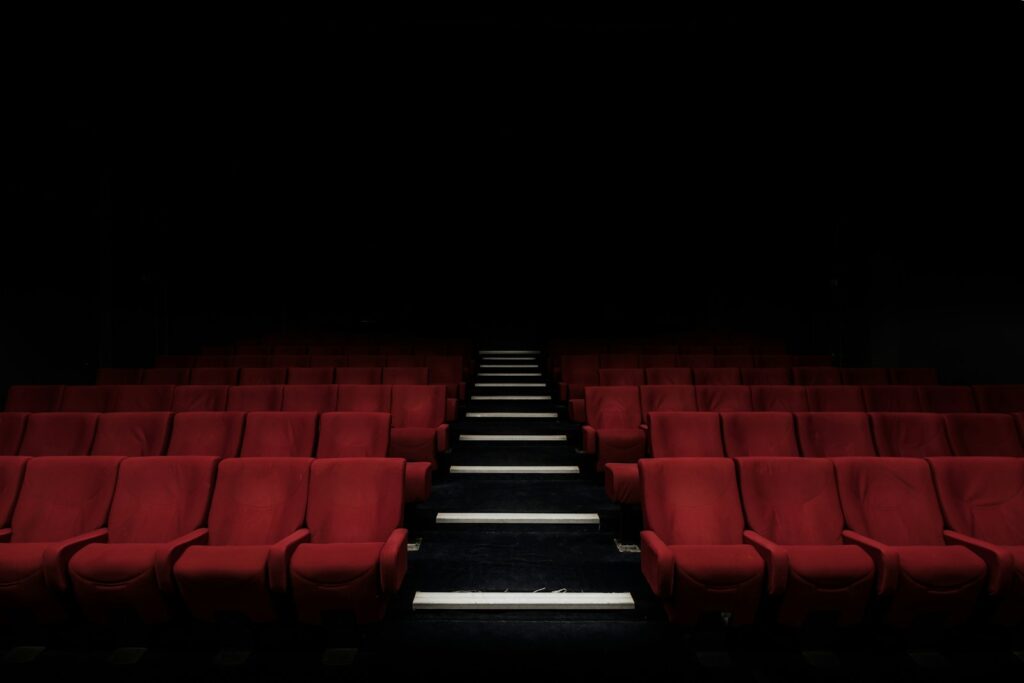
2. **Crash Landing on a Mysterious Shore: The Premise and Season 1’s Enigma**The core premise of ‘Lost’ is as gripping as it is simple: the harrowing aftermath of a commercial jet airliner crash. Oceanic Airlines Flight 815, traveling between Sydney and Los Angeles, inexplicably plummets onto a seemingly uninhabited tropical island somewhere in the vast South Pacific Ocean. From this devastating event, a group of diverse survivors emerges, forced to confront not only the harsh realities of their new environment but also an array of bizarre and terrifying phenomena.
At the heart of their struggle is spinal surgeon Jack Shephard, who quickly steps into a reluctant leadership role, guiding the disparate group. Their immediate concerns for survival are compounded by a series of mysterious entities that inhabit the island, challenging their very understanding of the natural world. These include formidable polar bears, an unseen creature with a terrifying presence known only as the ‘Smoke Monster,’ and a malevolent group of island inhabitants they come to call ‘The Others,’ whose intentions remain shrouded in secrecy.
During this initial season, the survivors encounter Danielle Rousseau, a French woman who had been shipwrecked on the island 16 years prior and is desperate for news of her daughter, Alex. This encounter deepens the sense of the island’s long and mysterious history. They also uncover a bizarre, mysterious metal hatch buried in the ground, a discovery that hints at a larger, more organized presence on the island than they could have imagined. While some, like Locke and Boone, become obsessed with opening this hatch, others, including Michael, Jin, Walt, and Sawyer, desperately attempt to leave the island by constructing a raft.
Adding another layer to the narrative, episodes typically feature a primary storyline set on the island, brilliantly augmented by flashback sequences. These flashbacks provide crucial additional insight into the involved characters, revealing their lives, struggles, and interconnectedness prior to the catastrophic plane crash. This narrative technique became a hallmark of the series, drawing viewers deeper into the personal histories and motivations of the survivors, making their struggles on the island all the more resonant.
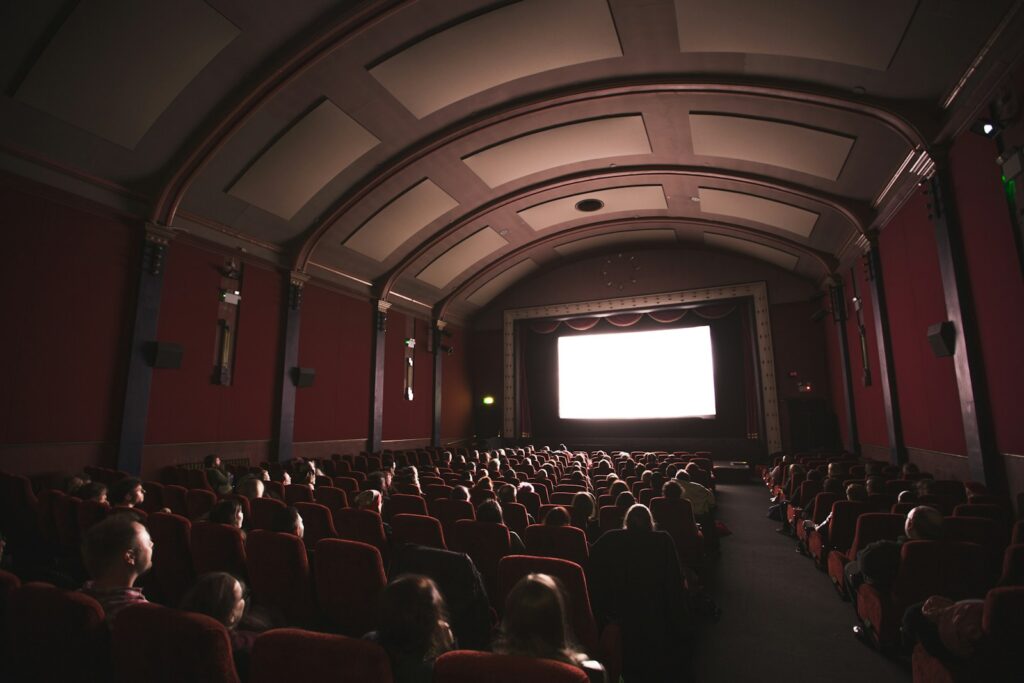
3. **Unveiling the Island’s Secrets: The DHARMA Initiative and the Hatch (Season 2)**Season 2 of ‘Lost’ propelled the narrative forward with an intensified focus on the burgeoning conflict between the survivors and the enigmatic ‘Others.’ The season opens with the traumatic ambush of the four survivors on the raft, leading to the abduction of Michael’s son, Walt, a deeply unsettling event that forces the remaining raft occupants to return to the perilous island. This period also introduces the ‘Tailies,’ survivors from the plane’s tail-section, bringing new dynamics and distrust into the already strained group.
Central to this season’s unfolding mysteries is the hatch, first discovered in Season 1. What initially appeared to be a mere curiosity is revealed to be a research station constructed 30 years earlier by the DHARMA Initiative, a secretive scientific research project dedicated to conducting various experiments on the island. This revelation transforms the island from a wild, untamed place into a controlled, experimental environment, hinting at a much larger, global conspiracy.
Living within this research station is Desmond Hume, a man who has been isolated for three years, tasked with activating a computer program every 108 minutes to prevent an unknown catastrophic event from occurring. His solitary, ritualistic existence underscores the immense stakes of the DHARMA Initiative’s work and the island’s profound power. A power struggle between Jack and Locke over control of crucial guns and medicine intensifies the internal conflicts, eventually resolved by Sawyer, who manages to gain control.
In a desperate bid to recover his son, Michael makes a heartbreaking betrayal of the survivors, ultimately leading to Jack, Sawyer, and Kate being captured by the Others. Michael is then given a boat and leaves the island with Walt, a bittersweet departure. The season culminates in a dramatic climax: Locke, in a moment of frustrated defiance, destroys the computer in the hatch, triggering a massive electromagnetic discharge. This event, devastating in its immediate aftermath, proves to be pivotal, causing the island to be detected by scientists working for Penny Widmore, and is eerily revealed to have been the cause of the plane’s breakup in the first place, linking the past and present disasters in a shocking twist.
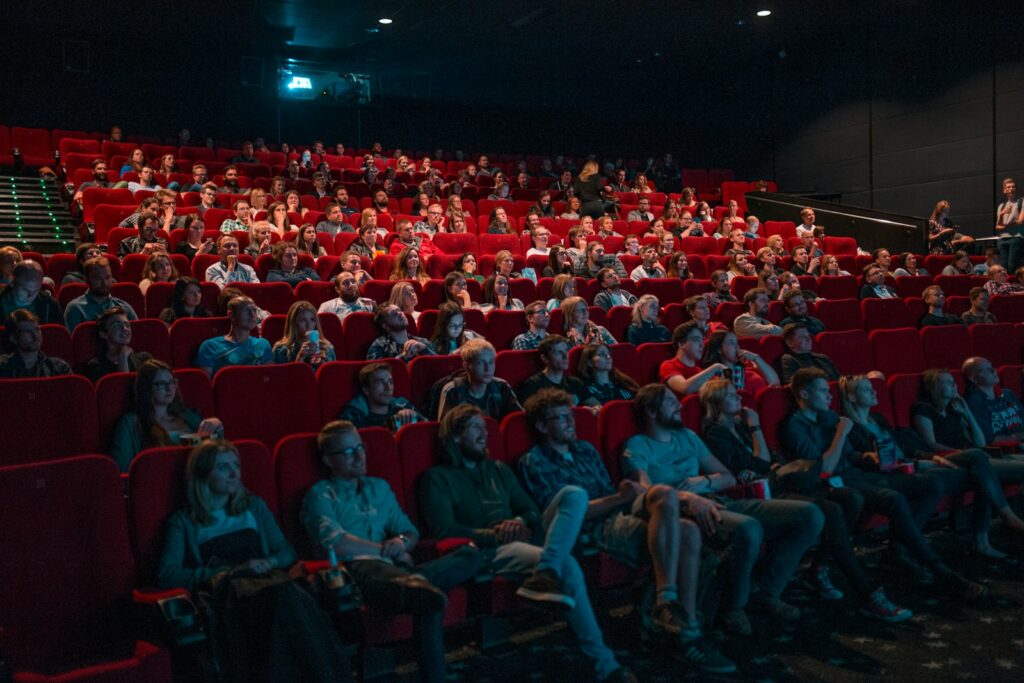
4. **The Others and Shifting Realities: Ben Linus and the Introduction of Time Travel (Season 3)**As ‘Lost’ entered its third season, the veil of mystery surrounding ‘The Others’ began to lift, albeit slowly, revealing more about their long and complex history on the enigmatic island, alongside the fate of the enigmatic Dharma Initiative. This season masterfully introduces Ben Linus, the manipulative and charismatic leader of the Others, whose enigmatic presence instantly reshaped the power dynamics and moral ambiguities of the series. Defections from both the survivor and Other camps paved the way for escalating conflicts, blurring the lines between allies and adversaries.
Season 3 also bravely ventured into the realm of time travel, adding a new layer of science fiction to its already dense mythology. Desmond Hume, a character central to the mysteries of the hatch, is forced to turn a fail-safe key to stop another electromagnetic event. This action, however, doesn’t just avert disaster; it sends his mind eight years into the past, gifting him with visions of the future upon his return to the present. This newfound ability not only deepened Desmond’s character but also introduced the concept that fate and destiny might be inescapable forces on the island.
While Kate and Sawyer manage a daring escape from the Others, Jack chooses to remain, enticed by Ben’s promise of safe passage off the island if he performs a life-saving operation on Ben, who has cancer. Jack complies, but the prospect of freedom is short-lived as the submarine intended for their escape is destroyed by Locke, a character whose faith in the island often clashes with logical escape plans. Jack is left behind with Juliet, an Other who also yearns to leave the island, while Locke, ever drawn to the island’s deeper mysteries, paradoxically joins the Others.
The arrival of a helicopter carrying Naomi, who claims her freighter, Kahana, is eighty miles offshore and sent by Penny Widmore (Desmond’s ex-girlfriend), ignites new hope. However, Desmond’s visions warn of impending doom for Charlie. True to his premonition, Charlie drowns after shutting down a signal preventing communication with the outside world, but not before delivering a cryptic message to Desmond: “Not Penny’s boat,” complicating the notion of rescue. The survivors manage to make contact with a rescue team, yet the season’s finale delivers a bombshell, initially presenting flashbacks of a depressed Jack at a mysterious funeral, only to reveal them as ‘flashforwards.’ Jack and Kate are seen to have escaped the island, but Jack’s haunted declaration that they “have to go back” left audiences reeling, promising even greater mysteries ahead.

5. **The Oceanic Six and the Island’s Fate: Freighter Arrivals and Moving the Island (Season 4)**Season 4 of ‘Lost’ intensified the intricate narrative, primarily focusing on the survivors grappling with the arrival of new individuals from a freighter. These newcomers, it is soon revealed, have been dispatched to the island with a specific, and ominous, purpose: to reclaim it from Ben. This new external threat elevates the stakes dramatically, placing the survivors in a perilous struggle for control and, ultimately, for their lives. The introduction of these new characters further complicated the already complex web of allegiances and distrust on the island.
Continuing the groundbreaking narrative technique introduced in the previous season, ‘flashforwards’ became a prominent storytelling device. These glimpses into the future revealed how six specific survivors, dubbed the ‘Oceanic Six,’ managed to live their lives after seemingly escaping the island. This iconic group comprised Jack, Kate, Hurley, Sayid, Sun, and Aaron, their post-island lives depicted as anything but peaceful, constantly haunted by their past. This narrative structure brilliantly maintained suspense, making viewers question not just what was happening on the island, but also *how* these specific individuals managed to get off.
Back in the present, four members of the freighter crew arrive on the island, eventually teaming up with the core survivors. Their alliance is born out of necessity, as it becomes clear that the freighter crew has chilling orders to eliminate anyone who remains on the island. Meanwhile, Ben, always shrouded in mystery, embarks on a journey with Locke to seek out Jacob, the island’s elusive leader. Locke enters Jacob’s cabin, where he encounters Jack’s deceased father, Christian, who claims to speak on Jacob’s behalf and issues a cryptic command: Locke must “move” the island.
Following Christian’s instructions, Ben leads Locke to a secretive underground station, a place where time travel had evidently been researched. Here, a pivotal shift in leadership occurs as Locke is designated the new leader of the Others. Ben, in a truly astonishing sequence, physically moves the entire island by turning a frozen wheel, a mechanism that not only transports him to the Sahara desert but also causes the island to vanish from its physical location. The six pre-destined survivors manage to escape in a helicopter, watching in awe as the island disappears, before finally being rescued by Penny. This emotional reunion also sees Desmond and Penny, separated for so long, finally reunite. The season culminates with the shocking revelation that the funeral Jack attended in the ‘flashforward’ was none other than Locke’s, who had been desperately seeking out the Oceanic Six in his fervent attempts to convince them to return to the island, cementing the cyclical nature of their fates.

6. **Navigating Time and Destiny: The Time Jumps and the Hydrogen Bomb (Season 5)**Season 5 of ‘Lost’ plunged its audience into an even more intricate narrative structure, following two distinct timelines that challenged conventional storytelling. In the first, the survivors who remained on the island were subjected to erratic and terrifying jumps forward and backward through time, a direct consequence of Ben’s actions in moving the island. This temporal instability left them disoriented and constantly in peril, highlighting the island’s profound and unpredictable power. During one of these chaotic temporal shifts, Locke, ever the man of faith, consults with Richard Alpert, one of the Others, who imparts a critical mission: to save the island, Locke must bring everyone back.
Following this directive, Locke ventures to the same underground station Ben had used to move the island. After performing the same enigmatic act, Locke himself is transported away from the island, landing in the Sahara in 2007, while the time shifts on the island abruptly cease, stranding the remaining survivors in 1974, integrated into the DHARMA Initiative. In 2007, Locke attempts to fulfill his mission by contacting the Oceanic Six, but despite his earnest efforts, he fails to convince them to return. He does, however, impart a crucial piece of information to Jack: his father is alive on the island, a revelation that deeply shakes Jack and sets him on a desperate path.
Driven by this newfound hope and a gnawing sense of unfinished business, Jack begins taking weekly flights, compulsively hoping to crash back onto the island, a tragic reversal of his initial escape. It is in this vulnerable period that Ben, always lurking in the shadows, finds Locke and, in a shocking turn of events, brutally kills him. After Locke’s death, the Oceanic Six are delivered a grim directive: to return to the island, they must board Ajira Airways Flight 316, taking Locke’s deceased body with them. This macabre requirement underscores the profound, almost supernatural, connection these individuals have to the island and to each other.
The journey back to the island is, predictably, fraught with complication. Upon landing, some survivors find themselves in 1977, where they reunite with the others who are now living and working within the DHARMA Initiative. Others land in 2007, facing a more immediate, perilous present. In 1977, Daniel Faraday, a nervous physicist, proposes a radical and dangerous plan: if they detonate a hydrogen bomb at the Swan construction site, they could destroy the electromagnetic energy beneath it, thereby preventing the hatch from ever being built, and, crucially, ensuring that Oceanic Flight 815 would never crash. Meanwhile, in 2007, Locke seemingly returns to life, but this is soon revealed to be another entity, the Man in Black, manipulating events. This imposter instructs Richard to speak with the time-traveling Locke, emphasizing the need to bring everyone back to the island, before going to confront Jacob. The season finale culminates in a terrifying revelation: Locke is still dead, and this malevolent entity has taken his form to manipulate Ben into killing Jacob. In 1977, Juliet makes the ultimate sacrifice, detonating the fission core from the hydrogen bomb, leaving the fate of the timeline hanging precariously in the balance. This climax left audiences gasping, setting the stage for an explosive final season.
7. **The Final Chapter: The Man in Black, Flash-Sideways, and Jacob’s Legacy (Season 6)**As ‘Lost’ entered its sixth and final season, the narrative propelled viewers into an even deeper exploration of the island’s ancient mysteries and the ultimate confrontation between opposing forces. With Jacob now gone, his brother, the enigmatic Man in Black – the true form of the terrifying Smoke Monster – seized control of the island. His singular, consuming desire was to escape this place he had been trapped on for centuries, forcing a final, cataclysmic war between what he perceived as the forces of good and evil.
Simultaneously, the season introduced a groundbreaking and initially bewildering narrative device: the ‘flash-sideways’ timeline. This alternate reality depicted the lives of the main characters in a world where Oceanic Flight 815 never crashed, showing their varied paths and connections outside the island’s influence. This parallel story gradually unfolded, hinting at a profound underlying purpose that would ultimately tie into the show’s climactic resolution, revealing itself as a spiritual purgatory where souls could find peace and reunite.
Crucial revelations illuminated the ancient origins of the island’s power and the eternal conflict between Jacob and the Man in Black. Viewers learned they were twin brothers, born on the island, and it was the island’s raw power that transmogrified the Man in Black into the monstrous entity. Jacob, the island’s long-standing protector, was revealed to have meticulously orchestrated events, manipulating the destinies of numerous individuals to bring ‘candidates’ to the island, each chosen as a potential successor for his sacred role.
The Man in Black, having assumed the form of Locke, relentlessly pursued his mission to eliminate all of Jacob’s candidates, believing this would finally free him from the island. However, Jacob’s ghost appeared to the remaining candidates, appointing Jack as the new protector. The series built to an epic confrontation at the “Heart of the Island,” where the Man in Black sought to ‘turn it off’ to achieve his escape. In doing so, he became mortal once more, setting the stage for his dramatic demise at the hands of Jack and Kate, though Jack was gravely wounded in the process.
The dust settled with Hurley stepping into the mantle of the island’s new protector, a role he embraced with the counsel and assistance of a reformed Ben Linus. Jack, having fulfilled his destiny, returned to the Heart of the Island, sacrificing himself to reactivate its power and ensure its survival, dying peacefully in the very same place he had first awakened after the crash. The flash-sideways storyline then resolved as a beautiful afterlife reunion, where the survivors, now at peace, collectively ‘moved on’ together, bringing a poignant and spiritual conclusion to their extraordinary journey.

8. **The Island’s Deeper Mysteries: Mythology and Interpretations**Beyond its compelling character arcs and season-specific plot points, ‘Lost’ cultivated an incredibly rich and intricate mythology that captivated audiences worldwide. The show’s creators themselves referred to these mysterious elements as the ‘mythology of the series,’ intentionally fueling fervent fan speculation. This unique approach transformed passive viewing into an active quest for understanding, making ‘Lost’ a benchmark for deeply serialized storytelling.
Central to this mythology were several iconic and enigmatic components that permeated the island’s very fabric. The ‘Smoke Monster,’ an unseen creature with a terrifying presence, haunted the jungle, its true nature slowly revealed over time. Then there were ‘The Others,’ a mysterious group of island inhabitants whose intentions were long shrouded in secrecy and malice. The remnants of the ‘DHARMA Initiative,’ a scientific research project with numerous stations, hinted at a grander, more controlled purpose for the island, deeply entrenched in its past.
Adding further layers to the intrigue, a sequence of numbers – 4, 8, 15, 16, 23, 42 – inexplicably recurred in the lives of the characters, appearing in various contexts across past, present, and future timelines. These seemingly random digits fostered countless fan theories and became a significant, almost symbolic, shorthand for the show’s underlying mystery. Moreover, the narrative subtly wove in personal connections, or ‘synchronicity,’ between characters, revealing their interconnectedness long before the crash, often without their own awareness.
Fan engagement was unprecedented, with the show’s writers and stars actively interacting with viewers online, encouraging widespread theorizing. Audiences and critics alike passionately debated the true nature of the island, the origins of the Monster and the Others, the meaning behind the numbers, and the ultimate reasons for the crash and the survival of particular passengers. This collective theorizing became an integral part of the ‘Lost’ experience, a testament to its compelling design.
However, the creators often addressed and, at times, directly rejected many of the more common fan theories. Damon Lindelof repeatedly dismissed the widespread belief that the survivors were in purgatory from the outset, affirming that the island was indeed a real place. He also rejected notions of spaceships or aliens influencing events, or the idea that everything was a fictional reality within someone’s mind. Carlton Cuse similarly dismissed the theory that the island was a reality TV show, while Lindelof clarified that the ‘Monster’ was not a nanobot cloud, reinforcing the show’s unique mythological framework.
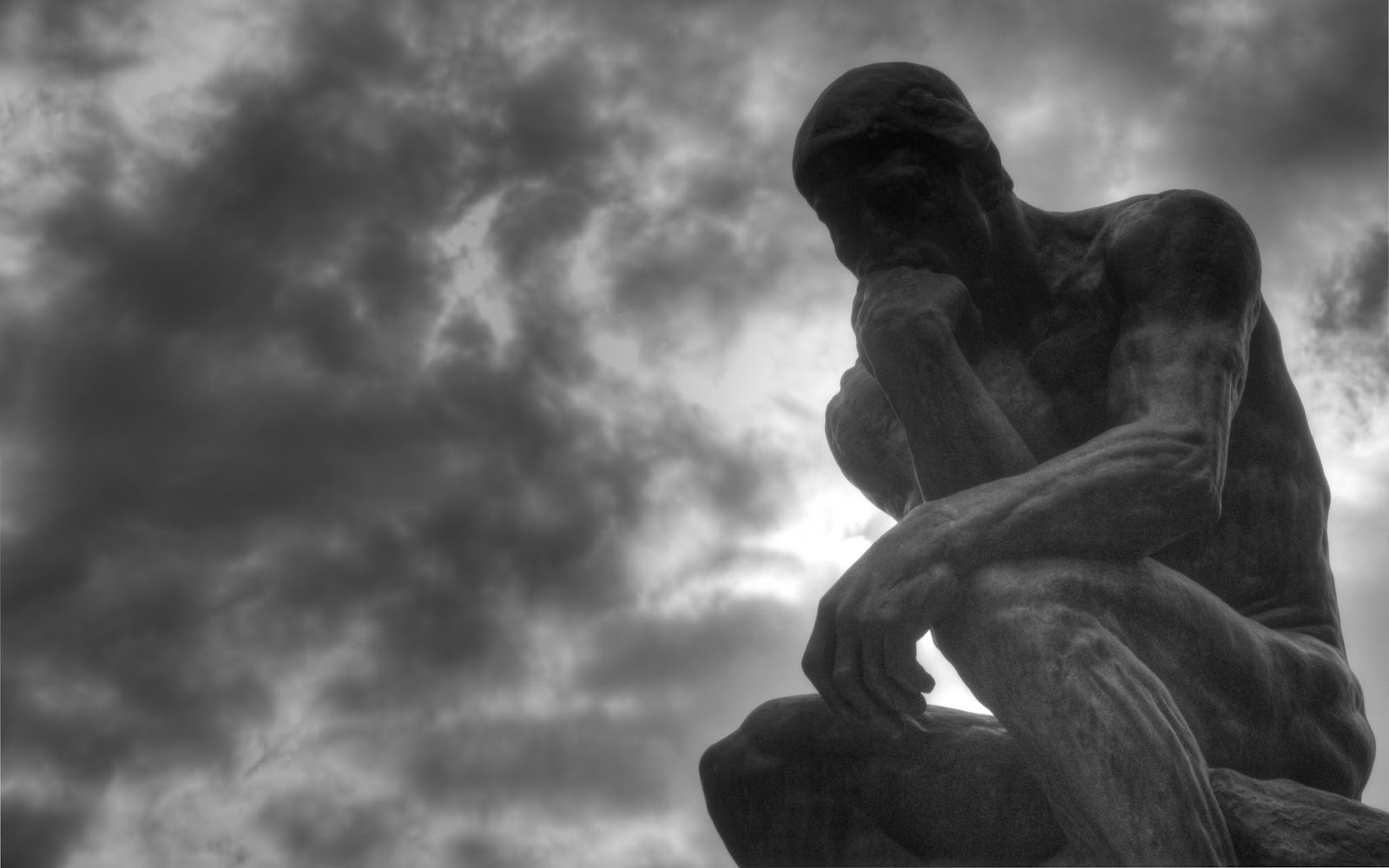
9. **Echoes of Thought: Philosophical Undercurrents and Recurring Motifs**Beyond its gripping plot and complex mythology, ‘Lost’ distinguished itself as a series deeply steeped in philosophical inquiry, subtly weaving profound ideas into its narrative tapestry. The show was rich with ‘recurring elements and motifs’ that, while not always directly driving the plot, served to significantly expand its ‘literary and philosophical subtext.’ These undercurrents invited viewers to ponder larger questions about human existence, morality, and destiny.
One of the most visually striking and thematically pervasive elements was the frequent appearance of ‘black and white.’ This duality wasn’t merely aesthetic; it reflected the ‘dualism within characters and situations,’ underscoring the constant internal struggles between good and evil, light and shadow, that defined many of the survivors. Coupled with this was the pervasive theme of ‘rebellion,’ evident in ‘almost all characters,’ with Kate Austen often serving as a prime example of someone constantly defying expectations and authority.
The series also delved into the intricacies of the human experience through its exploration of ‘dysfunctional family situations,’ a motif particularly pronounced in the lives of many main characters and often revolving around their relationships with their fathers. These deeply personal stories grounded the fantastical elements, making the characters’ struggles profoundly relatable. Furthermore, ‘apocalyptic references’ surfaced, notably in Desmond’s relentless task of pushing the button to prevent a cataclysmic event, hinting at stakes far beyond individual survival.
A central philosophical tension that resonated throughout the series was the interplay between ‘coincidence versus fate,’ most starkly revealed through the contrasting beliefs and actions of John Locke and Mr. Eko. This debate extended into the profound ‘conflict between science and faith,’ embodied by the leadership tug-of-war between Jack and Locke. Their stark disagreements over the hatch, the button, and the very act of leaving the island became allegories for humanity’s struggle to reconcile rational understanding with spiritual belief. This dualism was further emphasized in the explicit ‘struggle between good and evil,’ illustrated by Jacob and the Man in Black, and symbolized by Locke’s backgammon set and the iconic white and black rocks.
Moreover, ‘Lost’ frequently paid homage to intellectual traditions, with ‘references to numerous works of literature,’ such as John Steinbeck’s *Of Mice and Men* often seen in Sawyer’s hands or referenced by him. The show’s intellectual depth was further cemented by its clever ‘allusions in characters’ names to famous historical thinkers and writers.’ Characters like John Locke (after the philosopher), Ben Linus (after chemist Linus Pauling), Danielle Rousseau (after philosopher Jean-Jacques Rousseau), and Daniel Faraday (after physicist Michael Faraday) were not just names, but nods to the rich tapestry of human thought and discovery, adding layers of meaning for the attentive viewer.
10. **A Galaxy of Stars: The Unforgettable Ensemble Cast**The success and enduring appeal of ‘Lost’ were inextricably linked to its phenomenal ‘large ensemble cast,’ a diverse collection of characters brought to life by an international roster of talented actors. Out of the ‘324 people on board Oceanic Flight 815,’ a remarkable ’70 initial survivors (as well as one dog)’ were scattered across the island, providing an unparalleled canvas for interwoven narratives. While expensive to produce, this expansive cast offered the writers immense ‘flexibility in story decisions,’ allowing for rich character interactions and complex relationships.
From its inception, ‘Lost’ was envisioned as a ‘multicultural show with an international cast,’ a commitment evident in its original 14 regular speaking roles. Though many of these core actors remained for the duration, notably ‘no single actor appeared in all 121 episodes,’ reflecting the dynamic nature of the storytelling. Iconic performances anchored the series, including Matthew Fox as the reluctant leader Jack Shephard, Evangeline Lilly as the enigmatic fugitive Kate Austen, Jorge Garcia as the unlucky but lovable Hurley Reyes, Josh Holloway as the charming con man James ‘Sawyer’ Ford, and Terry O’Quinn as the mysterious, faith-driven John Locke. Naveen Andrews portrayed the skilled former Iraqi Republican Guard Sayid Jarrah, while Yunjin Kim and Daniel Dae Kim depicted the complex relationship of Sun and Jin-Soo Kwon.
The casting process itself was a fascinating blend of intent and serendipity, often shaping characters to fit actors the producers admired. Initially, Jack was slated to die in the pilot, with Kate emerging as the leader, a role later adapted for Rose. Dominic Monaghan, who auditioned for Sawyer, impressed producers so much that the character of washed-up rock star Charlie Pace was reimagined to suit him. Similarly, Jorge Garcia’s audition for Sawyer led to the creation of the character Hurley specifically for him. Josh Holloway’s raw ‘edge’ and Southern accent during his Sawyer audition solidified the character’s persona, while Yunjin Kim’s audition for Kate led to the development of Sun and Jin as her and Daniel Dae Kim’s roles, creating one of the show’s most beloved couples.
The cast was a constantly evolving entity, with characters gracefully exiting and new ones powerfully entering the fold. Early departures included Boone Carlyle and Shannon Rutherford, while the second season introduced memorable figures like Mr. Eko (Adewale Akinnuoye-Agbaje), Ana Lucia Cortez (Michelle Rodriguez), and Libby Smith (Cynthia Watros), who each left an indelible mark despite their relatively shorter tenures, often making dramatic sacrifices.
As the series progressed, several ‘recurring’ actors were deservedly ‘promoted to starring roles,’ a testament to their exceptional performances. Henry Ian Cusick’s portrayal of the time-displaced Desmond Hume and Michael Emerson’s chillingly manipulative performance as Ben Linus became indispensable to the narrative. Later seasons saw the addition of compelling new faces such as Elizabeth Mitchell (Juliet Burke), Jeremy Davies (Daniel Faraday), Ken Leung (Miles Straume), and Rebecca Mader (Charlotte Staples Lewis), each bringing fresh dynamics and further enriching the ensemble. This continuous flux and the depth of talent ensured that ‘Lost’ remained a character-driven saga, even amidst its grandest mysteries.
Read more about: Beyond Bell Bottoms and Brady: 14 ’70s TV Hits You Totally Forgot Existed (But Seriously Shaped Everything)
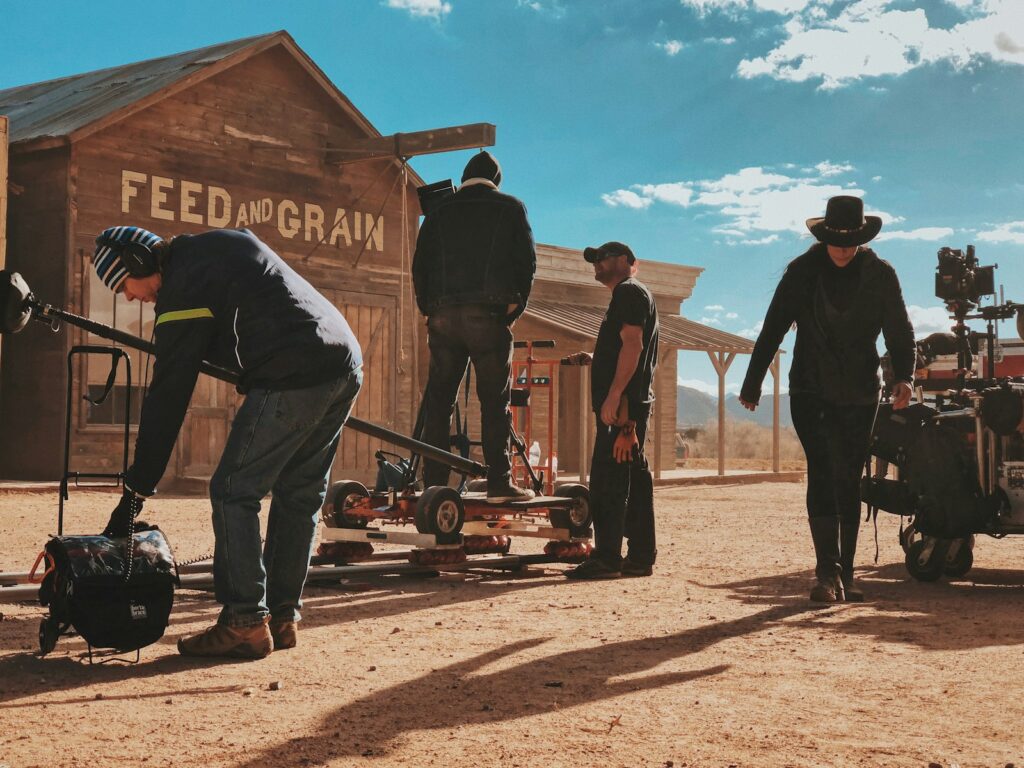
11. **Crafting a Legend: Production Challenges and Filming Innovations**The creation of ‘Lost’ was an extraordinary feat of television production, marked by both formidable challenges and groundbreaking innovations. Produced by ABC Studios, Bad Robot, and Grass Skirt Productions, the series involved a vast team of executive producers, including Damon Lindelof and Carlton Cuse as showrunners. A significant hurdle was the ‘tight deadlines’ for development, as the show was commissioned late in the 2004 season cycle. Yet, this constraint remarkably fostered a flexible creative environment, allowing the team to adapt or even create characters to fit desired actors.
From its very inception, ‘Lost’ broke new ground with its monumental budget. The ‘two-part pilot episode was the most expensive in the network’s history,’ reportedly costing ‘between US$10 and $14 million,’ a staggering sum that underscored the ambition and scale of the project. This high investment was justified by the show’s intricate visual demands and its ambitious scope, which, while primarily filmed in Hawaii, aimed to depict a global narrative. Various urban areas in and around Honolulu were masterfully utilized as ‘stand-ins for locations around the world,’ including California, New York, Iraq, and Australia, showcasing incredible logistical ingenuity.
The natural beauty of the Hawaiian island of Oahu served as the primary, almost character-like, filming location for ‘Lost.’ The production team leveraged Oahu’s ‘easily accessible, wide diversity of filming locations,’ from the pristine ‘Mokulē’ia Beach’ for the pilot to secluded spots on the famous North Shore for later beach scenes. Indoor sequences, such as the iconic ‘Swan Station’ and ‘Hydra Station’ interiors, were meticulously constructed on sound stages, which eventually moved to the state-of-the-art Hawaii Film Studio, providing a dedicated home for the show’s elaborate sets.
Another distinctive element was the show’s unique orchestral score, composed by Michael Giacchino and performed by the Hollywood Studio Symphony Orchestra. Giacchino ingeniously crafted ‘many recurring themes for subjects, such as events, locations, and characters,’ even utilizing ‘unusual instruments, such as striking suspended pieces of the plane’s fuselage’ to create its signature sound. Beyond the audiovisual experience, ‘Lost’ was a pioneer in promotional strategies, developing an ‘extensive collection of promotional tools’ including innovative ‘alternate reality games, such as the Lost Experience,’ which deepened fan immersion and engagement far beyond traditional viewing.
This blend of creative ambition, technical prowess, and a willingness to embrace challenges defined ‘Lost’s production legacy. The consistent use of a ‘single-camera setup’ contributed to its cinematic feel, while the need to accommodate external demands, such as filming scenes in London for actor Alan Dale, demonstrated the team’s unwavering commitment to its vision. The meticulous crafting of every detail, from the sound design to the global-spanning location work, ensured that ‘Lost’ delivered an unparalleled viewing experience, solidifying its reputation as a television masterpiece that pushed the boundaries of what was possible on the small screen.
As we reflect on ‘Lost,’ it’s clear its impact extends far beyond its initial run. It wasn’t just a television show; it was a cultural phenomenon, a deeply intricate puzzle, and a profound exploration of human nature, faith, and destiny. The series dared to ask big questions, and in doing so, it left an indelible mark on its audience and the landscape of television storytelling forever. The journey through the island’s mysteries, the characters’ intertwined lives, and the show’s rich philosophical tapestry ensured its place as one of the most talked-about and beloved series in history. ‘Lost’ truly redefined what was possible on the small screen, inviting us all to get a little ‘Lost’ in its captivating world.




